Agroforestry: The Age-Old Future of Europe’s Agriculture
A history on the forgotten but enduring practice of agroforestry and the role it can play in shaping the future of Europe’s sustainable agriculture.
In 2019, just before the COVID-19 pandemic hit, the application of Big Data to archaeology revealed hitherto unsuspected insights into the extraordinarily long time we humans have been impacting our planet.
We all remember the story we were told at school: about seven or eight thousand years before the birth of Christ, Neolithic people started domesticating cereals and some animals, in what is today the Middle East, and this agricultural revolution then spread around the world. What ArcheoGLOBE, an online platform for assessing past human impacts, revealed, was something that some paleobotanists and paleoclimatologists had begun to suspect: not only was the story far more complicated than that, but it was also far more inspiring.
Humans domesticated at least hundreds, perhaps thousands of plants, and started doing it millennia before they did so in the Levant. They did so everywhere on the planet, from eastern Sudan to Papua New Guinea; from Australia to the Amazon; from China to the Mississippi plains. And they soon applied their new technologies to transform the planet.
William Ruddiman was the first to point out that the Holocene’s suspicious climate stability may be an artefact, suggesting that the increasing emissions of methane (from wet rice cultivation in South-East Asia) and CO2 (from deforestation and grassland burning elsewhere) coincidentally counteracted the gentle cooling that celestial mechanics had preordained for our world. Others found tantalizing clues of our deep history here and there – the discovery of ancient charcoal-amended Terra Preta fields in the Amazon, signs for the domestication of sorghum in Sudan 5,000 years ago.
Then came ArcheoGLOBE that brought together a series of disparate insights into a stupendous basket full of wonders. For example, the south-western Amazon was an artificial landscape of periodically flooded flatlands dotted with inhabited and cultivated hillocks of trees and fields 10,000 years ago. The transition of the Sahara from semi-arid to hyper-arid was in some places slowed down by centuries because of pastoral grazing practices. Large-scaling draining of wetlands for agriculture happened thousands of years ago in several regions, and areas like the uplands of New Guinea developed farming systems that allowed these communities to reach population densities similar to those of today’s Netherlands many millenia ago. Most stunning of all, over 80% of the terrestrial biosphere was already significantly influenced by hunting practices like fire 10,000 years ago.
Over 80% of the terrestrial biosphere was already significantly influenced by hunting practices like fire 10,000 years ago.
These insights are mostly the results of new technologies that only became available in the 21st century and allowed archaeologists to draw information from clues left in the soils of areas where civilizations had never built monumental structures – or perhaps did so from perishable materials. Until these became available, the archaeology of much of the world was scant, especially in the tropics.
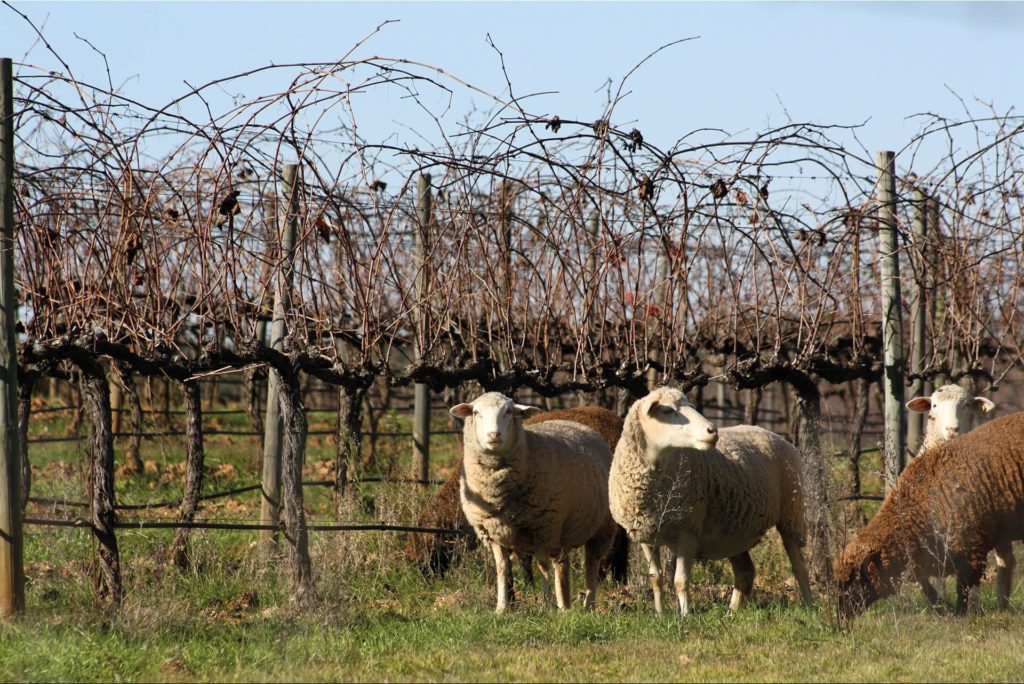
The domestication of trees
What this new archaeology reveals is how important trees were to humanity’s transformation of the world. Clues started coming in from the forests of Borneo and Amazonia. Population ecologists started noticing that the frequency and distribution of tree species in those forests was suspiciously skewed towards trees that are useful to humans. They found examples of soils that had been engineered by the large-scale application of biochar. In some tropical humid highlands, they found evidence that the complex multistory agroforestry systems European explorers discovered had been maintained for at least centuries, and probably millennia. And as our ability to extract knowledge from genetic information increased exponentially, we started noticing that some of the oldest proven plant domesticates were tree species ideally suited to agroforestry systems. The honor of being the world’s oldest domesticated plant goes to a species of fig common in the Middle East, domesticated around 11,400 years ago.
What all this suggests is that the Holocene, the epoch that agriculture and civilization developed in, is in fact a human artefact. If further evidence confirms this suspicion, we will have to conclude that the Anthropocene didn’t start 50, 100 or 200 years ago, but at least 10,000 years ago. What this also suggests is that amongst all of the technologies that people used to start transforming our planet, the most important was agroforestry. It was the husbanding of silvopastoral savannahs that helped people postpone the arrival of the desert in the Sahara; what we would today call perennial permaculture that allowed them to densely populate the Papuan highlands; and forest gardens that allowed them to transform the species compositions of the world’s largest tropical rainforests. And to get back to our school-day story? It was probably the interaction of trees like figs with grasses, in practices that may have resembled what we now call farmer-managed natural regeneration with intercropping, that allowed the people of the Middle East to develop the suite of cereals that let them soon take over Europe. Agroforestry as a word may only be a few decades old, but as a set of practices it transformed the planet on which we live long before the first urban civilizations.
Amongst all of the technologies that people used to start transforming our planet, the most important was agroforestry
As we become increasingly aware of the speed with which our unsustainable use of natural resources is pushing the planet away from its Holocene equilibrium, we can take succor from the most extraordinary fact about this story. It is that the use of trees, this technology that completely transformed the world, did so in ways so subtle, so sustainable and so resilient that we had no inkling at all of this history until the most modern tools of investigation allowed us to start lifting the veils under which it was slumbering. Agroforestry, we now know, is a tool that has already transformed the world without overly damaging it and as such, offers great promise for our rapidly changing future.
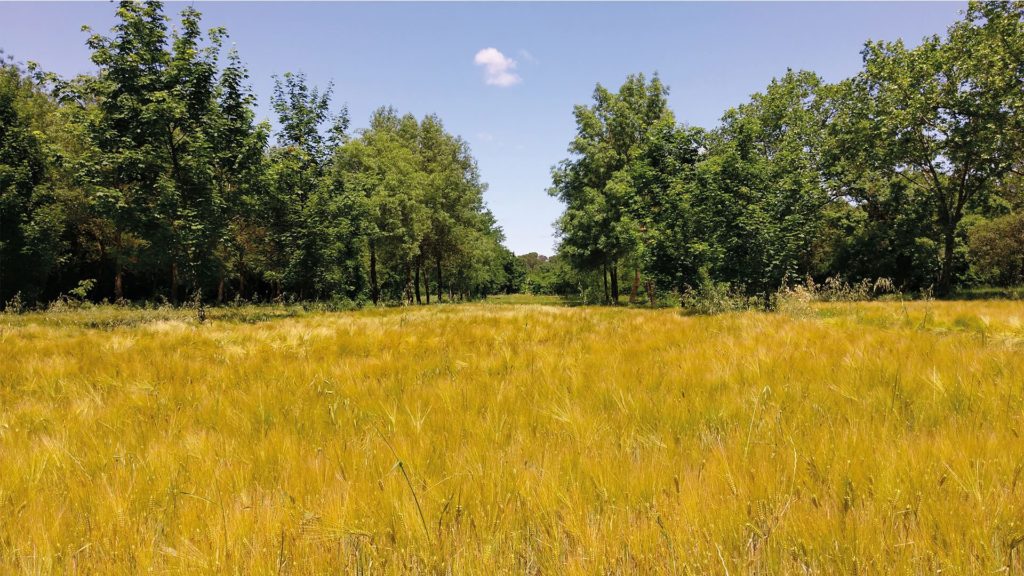
In the name of efficiency
The knowledge of the efficiency of agricultural systems that mimic the processes of natural ecosystems by including trees with livestock and crops had almost been erased by the 20th century. Europeans were seduced by the extraordinary developments that brought us inorganic fertilizers, chemical phytosanitation, and most importantly the internal combustion engine – a tool that allowed us to automate the hard graft of tilling and to access new groundwater resources in seemingly limitless quantities. Agricultural productivity exploded, the dream of efficiency took over, millions of kilometers of hedges and billions of trees were uprooted, and soon all memory of the natural tool that allowed us to transform our world had been forgotten – at least in the rich world.
In poorer parts of the planet, of course, agroforestry never disappeared. There, farmers without the financial resources to replace ecosystem services with chemistry and machinery still used the practices their communities had evolved since time immemorial and continued to produce most of the food the world was eating by husbanding the manifold services of trees in their production systems.
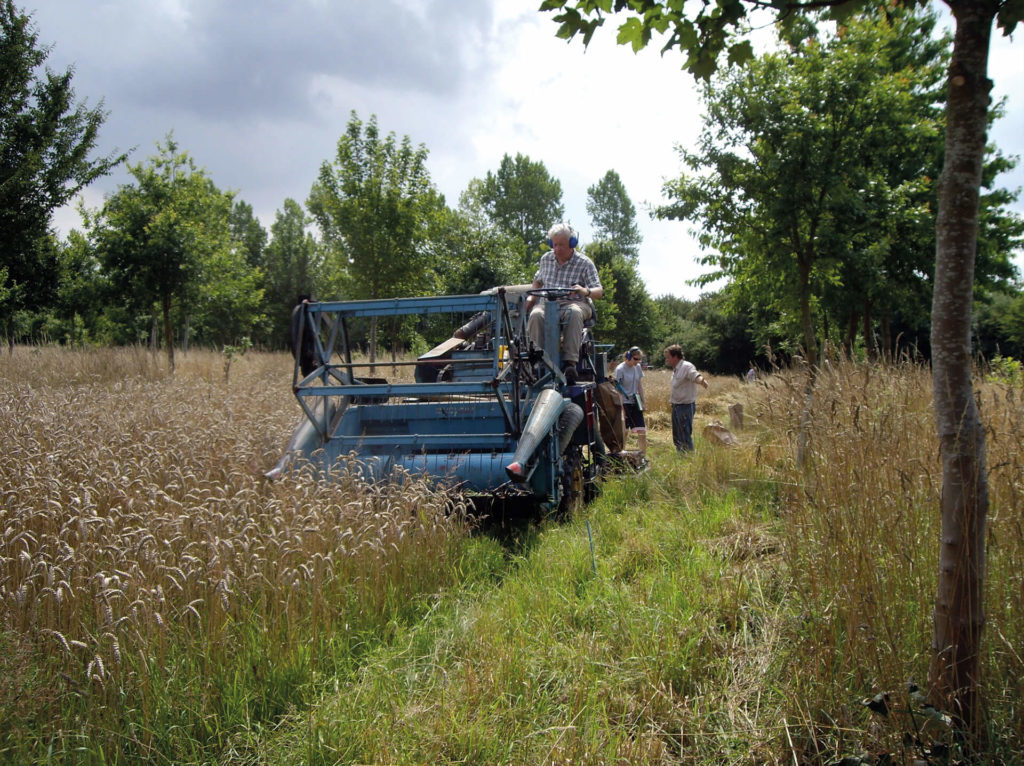
But that hive of agricultural activity and innovation was almost invisible in the universities and conference rooms of the global North. In Europe, the 20th century’s all-powerful agricultural and bureaucratic technologies were deployed to transform the continent’s landscapes radically, at speeds and scales exceeding anything that came before. In the capitalist west, landholdings were rationalized, plots were fused to make huge fields, trees and hedges were removed, and the entire food system was hurried into directions of ever greater efficiency by the judicious application of rules, regulations and subsidies codified by the Common Agricultural Policy.
In the Communist East, similar dreams of efficiency led to similar results through different routes. In many countries, farmers were expropriated and their landholdings brought together into giant state-owned agricultural organizations, run according to the latest in productivist principles. Poland and Romania were exceptional in that much of their peasantry survived this phase. There, until late in the 20th century, complex and highly efficient polycropping systems of crops, trees and livestock survived on small farms. But what communism could not destroy, the flood of European subsidies washing across the landscape after the collapse of Communism soon did. Today, it is often only the old who maintain these amazing farms. When they die, their beautiful wooden houses collapse, soon replaced by the ubiquitous concrete boxes of globalization. Their trees follow, the fields coalesced into yet another large “efficient” plot devoted to a single crop.
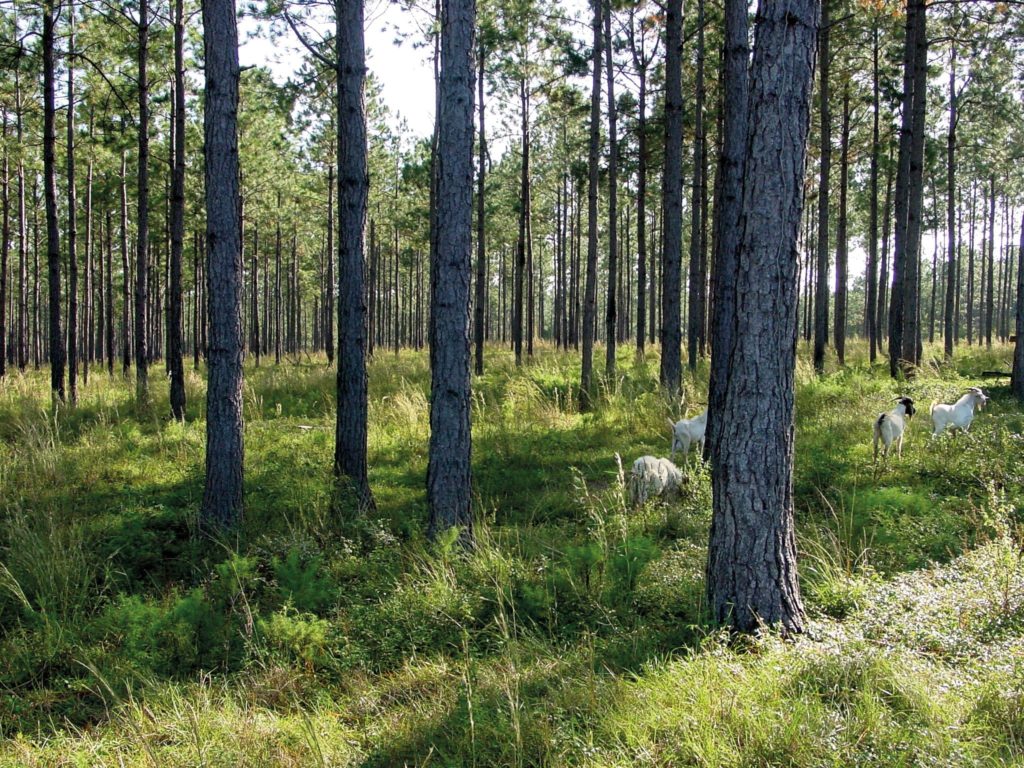
The process is not yet complete, but the differences between the eastern European and western European farming systems are becoming ever narrower. Everywhere, landscapes have been simplified, farmers are getting older, farms are becoming consolidated, the need for rural labor has dropped so much that villages and market towns are dying, the use of inputs and diesel has risen, biodiversity is in increasingly dire straits and soils are eroding at an accelerating rate.
The flame of agroforestry, kept alive by the farmers of the global south, started attracting the attention of modern science. The International Centre for Research in AgroForestry (ICRAF) was founded in 1978. Soon, a trickle of papers describing and outlining the fascinating issues surrounding tropical agroforestry began to grow into a river.
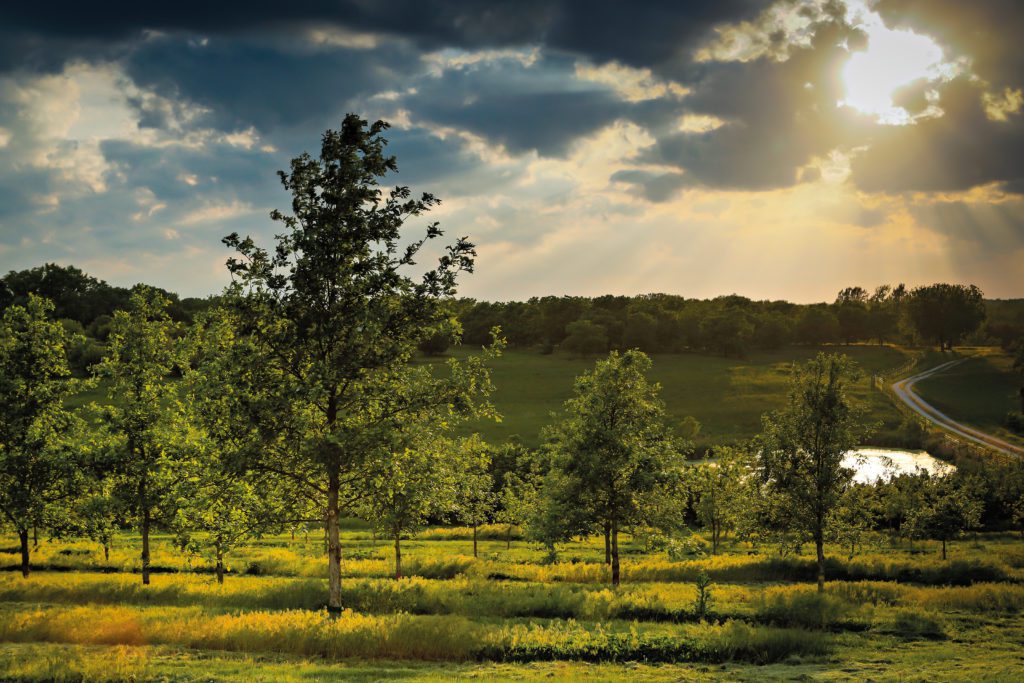
In Europe, researchers started bringing back to their continents what they had learned in the tropics. In the UK and in France, countries with long colonial histories, research programs about these systems began in the late 1970s. In addition, pockets of agroforestry research had survived the onslaught of industrialization here and there, usually in marginal landscapes. Examples include a group in Avignon, France that had been studying silvopastoral systems since the 1960s, and Spanish, Portuguese and Italian efforts to look at the silvopastures of Iberia and Italy. But there was practically no research into silvoarable systems before the late 1980s, when the first papers about the walnut/arable systems of the Dauphiné (France) were published. It is a measure of how little collaboration existed across borders in this field that to date there is no systematic history of Europe’s national research efforts in agroforestry.
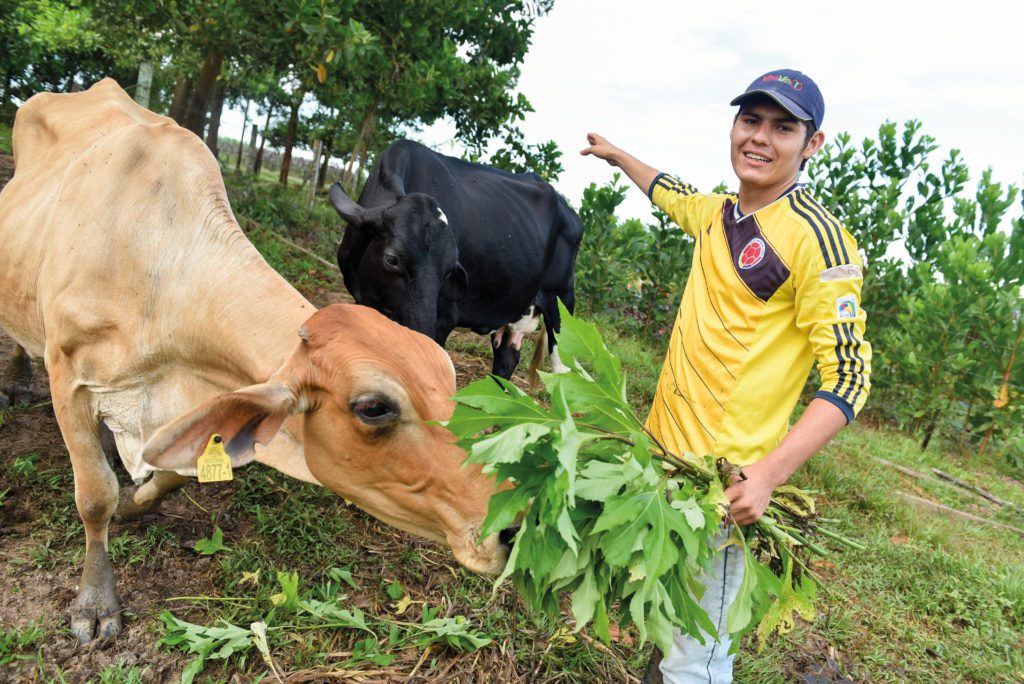
European agroforestry really began as a European collaborative discipline with the first European research project devoted to agroforestry, Silvoarable Agroforestry for Europe (SAFE), which ran from 2000 to 2005. This was the first European research project to demonstrate that agroforestry is a management technique that is fully compatible with modern agricultural techniques. It was also a gateway that allowed agroforesters from across the continent to realize that they were not alone, and that they had colleagues in far more countries than many suspected. The SAFE partnership meetings were the first that brought together agroforestry researchers from much of Europe, and it those conversations that would, years later, lead to the genesis of the European Agroforestry Federation (EURAF).
Meanwhile, national authorities remained broadly blind to the potential of agroforestry. In countries whose agricultural trees had already been grubbed up a generation or two earlier, the whole idea seemed bizarre, little better than the dreams of permaculturally-inclined hippies. In countries whose trees were still there, mostly around the Mediterranean, the reaction was one of disbelief that this absolutely standard traditional agricultural technique would excite anybody’s interest. Just to take one example, a call to the French government to invest in agroforestry research and promotion, signed by over 200 people in 1999, only received a reply in 2006. And that was in the European Union!
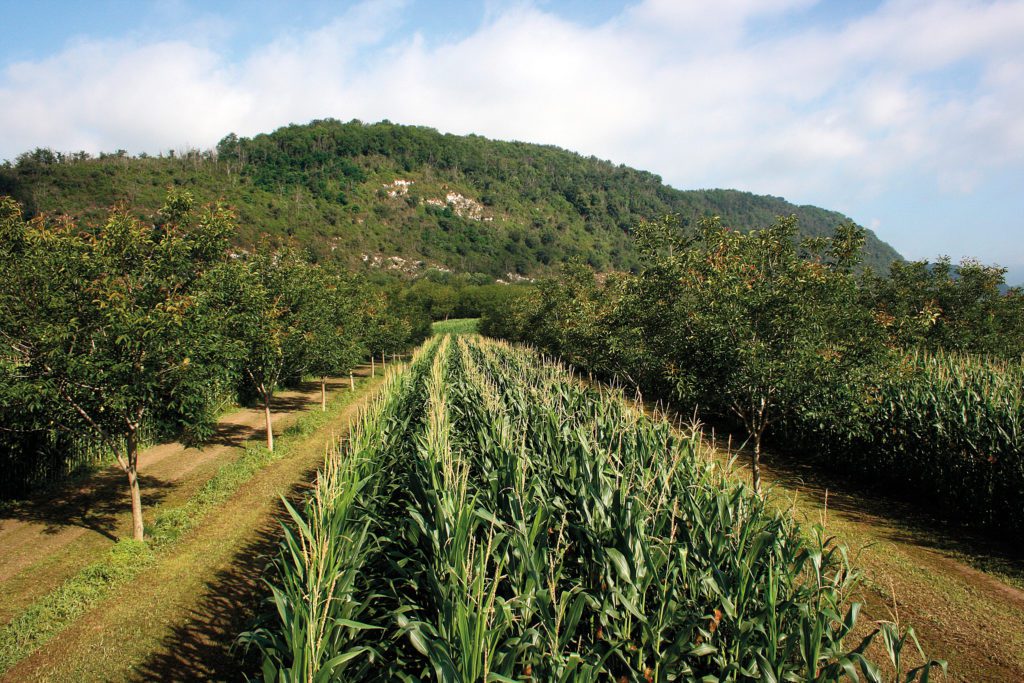
In the countries of Central and Eastern Europe, agroforestry was broadly ignored to, but for different reasons. The important thing there was to adapt as rapidly as possible to the regulatory and legislative environment of the European Union to facilitate membership. Traditional farming systems, despite their resilience under Communism (and, often, the complicity of local officials to allow farmers to continue practicing age-old management techniques even against the wishes of the central authorities, as in the forest grazing systems of Hungary), completely fell off the radar.
Establishing the European Agroforestry Federation Just as the negative externalities of industrialized agriculture became evermore obvious, so the responses of industrialized agriculture interests to these externalities sounded evermore hollow. Soil erosion, ground- and river-water pollution, the collapse in rural biodiversity and livelihoods, the desertification of the countryside, and a succession of animal welfare scandals led to increasingly serious attempts by national and European authorities to tackle these issues. That no doubt contributed to the first mention of agroforestry in a major European Union strategy, the Forestry Strategy, in 1998, a commitment reiterated in the 2006 EU Forest Action plan, which called on Member States to promote agroforestry systems in their rural development programmes. Sadly, the impact of these encouragements were never evaluated. Neither the evaluation of the 1998 strategy nor that of the 2006 action plan mentioned, let alone measured the implementation of, agroforestry.
Against this background, over a hundred pioneers founded EURAF in 2011 to pursue four complementary objectives:
1. To boost European investment in agroforestry research 2. To encourage the adoption of agroforestry- friendly agricultural and forestry policies at European level 3. To promote the adoption of agroforestry by farmers 4. To encourage the growth of national agroforestry associations across Europe.
From the very start, its ambitions covered the whole geography of our continent rather than its political boundaries. Amongst the founders were active agroforesters from Switzerland and the Ukraine – and even from Africa and the United States.
Its first objective soon started bearing fruits: pioneering research efforts like AGFORWARD in 2014 and innovation networks like AFINET in 2017 undoubtedly helped the subsequent focus on agroforestry research in Horizon 2020 programming, culminating in the funding of five agroforestryfocused research projects from 2020 onwards: UNDERTREEES, NextLand, AGROMIX, MIXED and Trees4CLIMA.
Focus on influencing European policy
But it was with its policy focus work that EURAF really came into its own. What Winston Churchill called the ‘sausage factory’ – the messy political process that eventually delivers a shiny legislation which is all the public sees – in Europe is institutionally complex, requiring the collaboration of the European Commission as the initiator of legislation and the European Parliament and the Council of Member States as colegislators. It is by collaborating with its own members that this particular factory can best be influenced by a European body. EURAF focused on the departments responsible for agriculture, environment and climate, which soon delivered results in the form of various measures: direct subsidies and support to plant trees on farms in the common agricultural policy, the inclusion of agroforestry in the European Green Deal and the Biodiversity Strategy, and the inclusion of agroforestry as one of the two pre-eminent agricultural interventions to be deployed under the Carbon Farming initiative. The EU’s new Forestry Strategy includes additional support measures for agroforestry.
Meanwhile, in a number of European Member States, agroforestry became recognized by the authorities as a promising set of agricultural interventions that could help deal with the desire to produce safe, nourishing food in ways that restored rather than damaged environments. The pioneer in that regard was French agriculture minister Stéphane le Foll, whose initiatives included launching national agroforestry and agroecology plans, pushing the country’s agricultural colleges to start teaching agroforestry, encouraging the state extension services to hire agroforestry advisors, and at an international level launching the “4per1000 initiative,” an effort to encourage farmers to add four parts per thousand of carbon to their soil every year through appropriate management. French influence at a European level was also felt in the successive iterations of the EU’s agriculture and forestry strategies. It was also the close collaboration between EURAF and the Czech Agroforestry Federation that led that country to revise its agricultural approaches to aggressively support agroforestry, culminating in its 2019 offer to host and fund the newly founded International Union of Agroforestry (IUAF) in Prague.
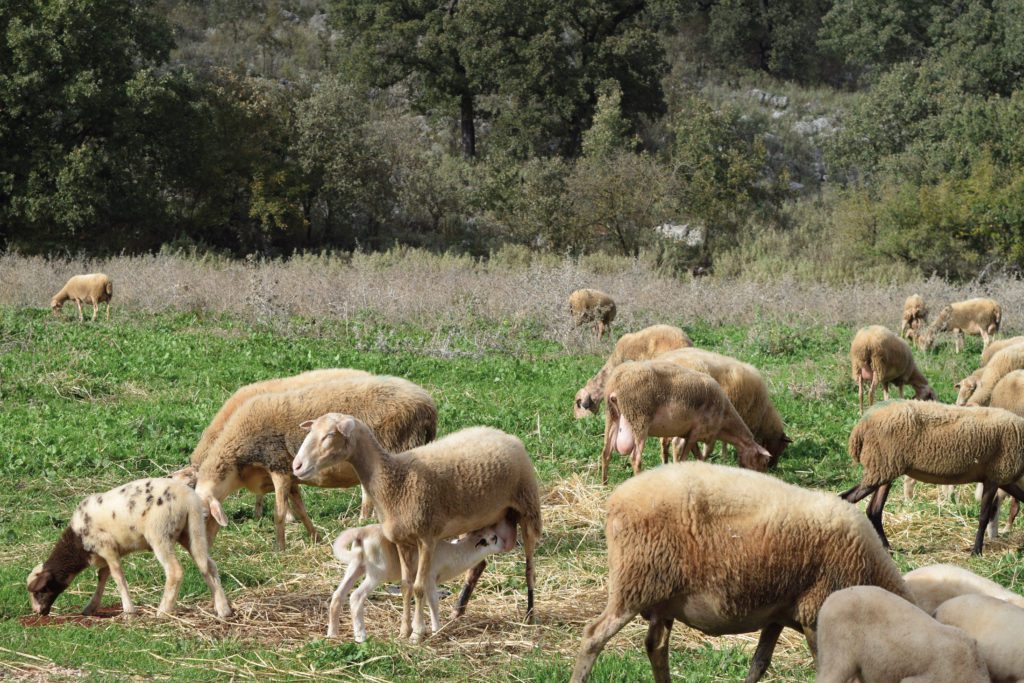
Of course, policy support requires detailed measures. And today, the ones that are most likely to encourage farmers to experiment with trees are hard technical measures. They include ensuring that farmers can use specific codes to record the EU’s eight recognized agroforestry practices in Integrated Administration and Control System (IACS) and Land Parcel Identification System (LPIS). Member States should pre-identify all landscape features in IACS/LPIS, something remarkably easy to do with modern geographic information system (GIS) techniques. They should also clarify that any farmer is entitled to a full CAP Direct Payment on their agroforestry areas, fully include agroforestry in their arable and permanent pasture Good Agricultural and Environmental Conditions (GAEC)-9 thresholds, and perhaps most importantly include guidance on agroforestry in their national rules for good agricultural and environmental practices.
For its part, the European Union needs to recognize the necessary flexibility that agroforestry demands, notably by allowing Member States to set their own criteria for the recognition of landscape features, as long as the rules are easy to understand, transparent and available to all farmers. In that regard, the current reform process of the Common Agricultural Policy, which repatriates a lot of the detailed rule-making to the Member States through a procedure known as the strategic plans development process, is potentially very encouraging.
Managing the future of agroforestry
EURAF has also succeeded in its objective to grow national agroforestry associations or federations and today has members from 20 European countries, with Ireland, Latvia, Denmark and Austria joining since 2018. Despite these encouraging signs, the headwinds against a broader spread of agroforestry in Europe remain strong. In vast parts of Europe’s landscapes, all memory of the agroforestry- based production systems that were common practice until the 19th century have disappeared. Very often, rules, regulations and inspectors are not only unaware of the potential of agroforestry, but actively hostile to the idea of adding trees to agricultural lands. Extension services and agricultural colleges fail to teach agroforestry. Farming, as we all know, is a risky business. Most farmers work extremely long hours for less than a poverty wage and quite rightly cannot afford to take any undue risks. Without strong advisory and support measures, it is only the most adventurous amongst them that will dare go against the grain and add some trees to their farms. Agroforestry as an agricultural practice demands changes in management at least as much as access to the right seedlings or equipment. That management must be taught, and to date the private sector has found it difficult to figure out how to provide that service. To caricature, it is a lot easier to sell bags of inputs than to sell tailored consultancy advice. And this embodies the challenge for Europe’s ministries of agriculture and the European Union. Just like the French have done, they will have to start allocating political and financial capital to the development and deployment of these promising agricultural practices.